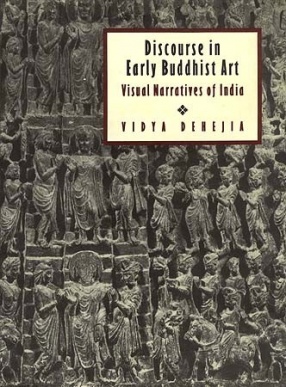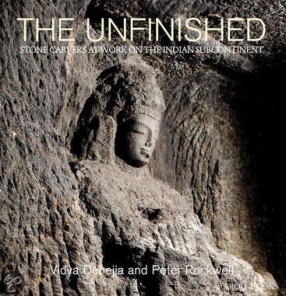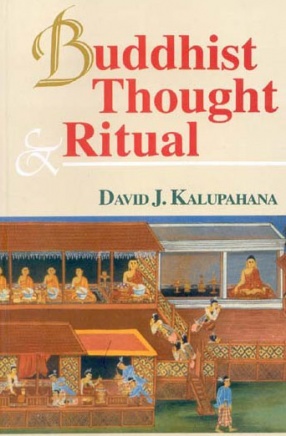Located on top of a hill at Sanchi in Central India is an ancient Buddhist monastery with a dynamic fifteen-hundred-year history. It has an inscribed column of the Maurya Emperor Ashoka, a great stupa with magnificent sculpted toranas, and a variety of monastic adjuncts and temples, some built as late as the twelfth century. Sanchi is indeed a microcosm of the Buddhist experience in India. And animating it all is the unseen presence of the Buddha. He is first and foremost in the relic once enshrined in the stupa; devout Buddhists believed that the relics embodied the Buddha’ continued presence in their midst. He is also present in the vibrant bas reliefs that tell the legend of his life. Here, he is not depicted in human form; rather his unseen presence is indicated by a set of markers – an empty seat, space sheltered by a parasol, footprints. It is only with the Gupta period that images of the Buddha added a visible component to his hitherto unseen presence. We may appreciate and comprehend the art of Sanchi on several levels. We may enjoy the verve and vigour of the carvings that depict everyday life; or we may enter more deeply into the content of the reliefs and absorb the Buddhist message of the site. Essays in this volume throw new light on varying aspects of Sanchi, its original significance, the meaning of its donative inscriptions, ways of looking at its magnificent sculpture and architecture, as well as its importance today for New Buddhists. The book is extensively illustrated with the colour photographs of K.B. Agrawala who has worked at Sanchi over the last twenty years. His delight in the appeal of Sanchi will surely communicate itself to readers of this volume.
Discourse in Early Buddhist Art: Visual Narratives of India
Story-telling is an ever ...
$99.00
$110.00








There are no reviews yet.